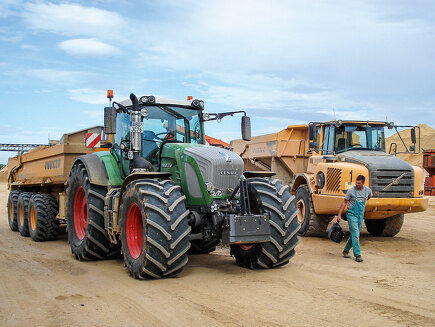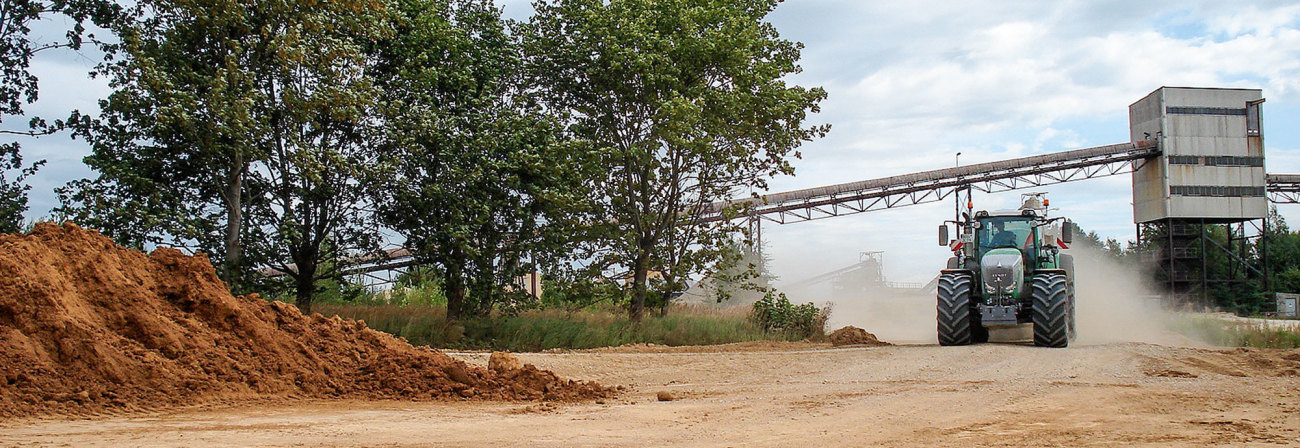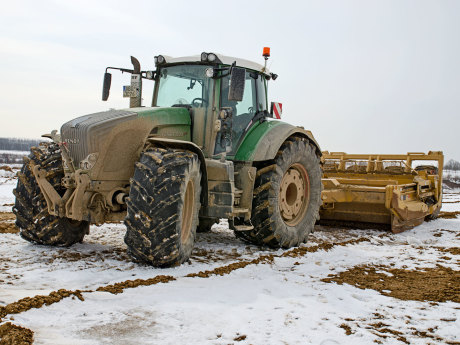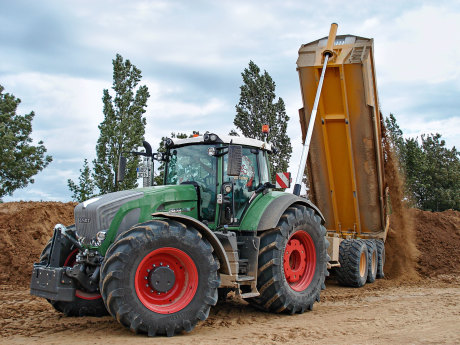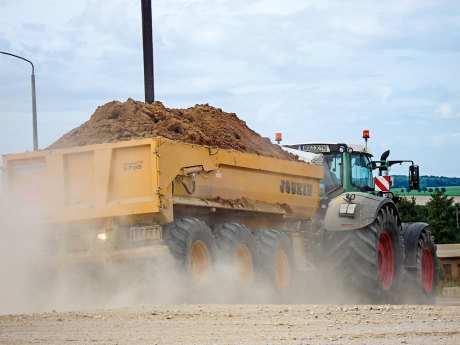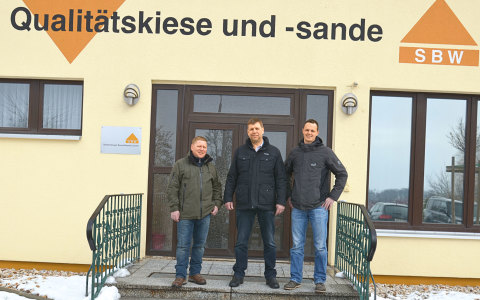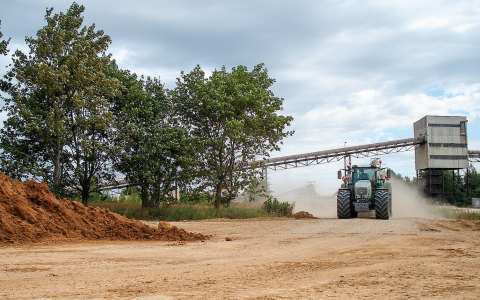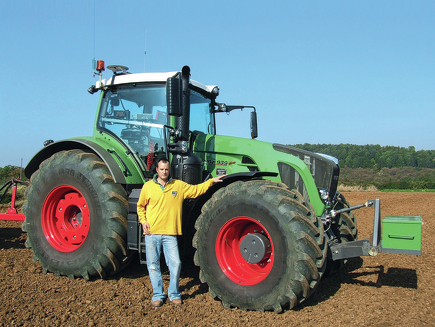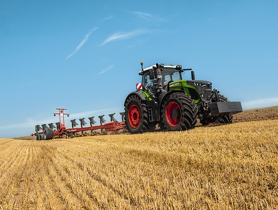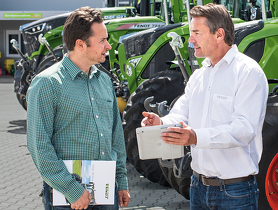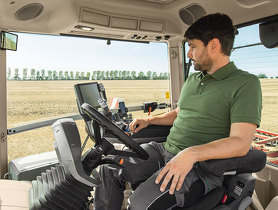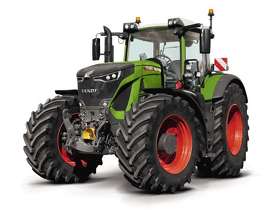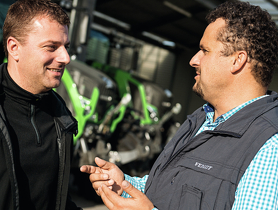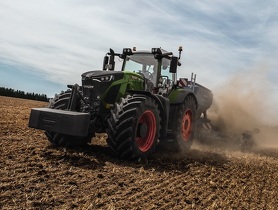The Starkenberger Baustoffwerke GmbH SBW in north-eastern Thuringia excavates high-grade sand and gravel. Thousands of tonnes of earth are moved every day. The company has been using a Fendt 939 Vario to do this work for a few years now. The tractor is more flexible and economical than conventional construction vehicles.
One finds them increasingly more often on large construction sites. Sometimes they are powdered white with lime dust or full of mud in the rain: Fendt tractors. A Fendt 939 Vario has been in operation in the sand and gravel pit at the SBW for a few years now. “Its versatility has convinced us. Where we would have had to use a dumper, dozer and an excavator before, we now only need to use one Fendt 939 Vario. That saves costs,” explains Kai Plügge, General Manager and Head of Production and Technology at the Starkenberger Baustoffwerke GmbH SBW.

